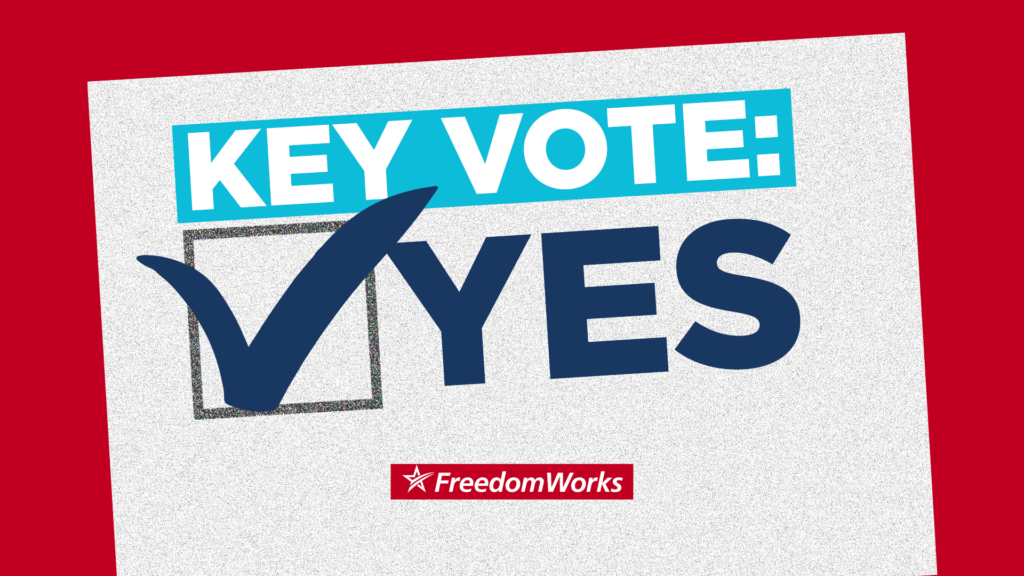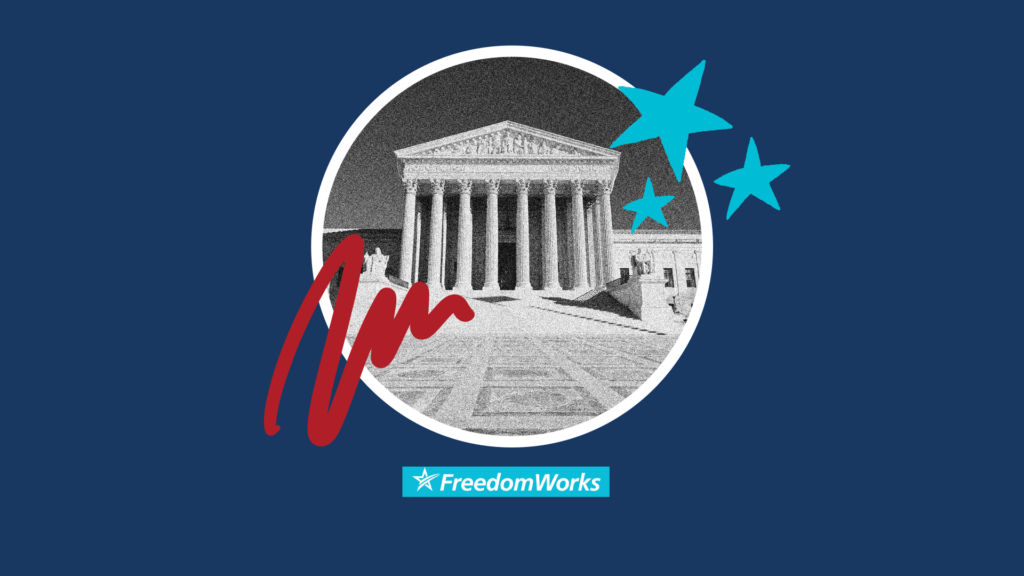King v. Burwell: A Literal or Nonliteral Reading of the Text
It is difficult to predict how the Supreme Court will rule in any case it takes up, even after oral arguments; King v. Burwell is no different. It is probably safe to assume that Justices Scalia, Alito and Thomas will rule for the petitioner (King) and that Justices Ginsburg, Breyer, Sotomayer and Kagan will rule for respondent (Burwell), but it is difficult to judge which way Chief Justice Roberts or Justice Kennedy will rule. This being said, oral arguments still brought some interesting insight from the Court.
Petitioner’s Attorney Michael Carvin showed that he believes this is a simple case where the literal writing the statue should be followed, “This is a straightforward case of statutory construction where the plain language of the statute dictates the result.” Justice Breyer questioned such a simple reading of the statute by arguing that a better reading would be that if a state does not establish an exchange, the Secretary of Health and Human Services establishes one for the state, and what is created by the Secretary is an exchange established by the state. Justice Kagan made the point that exchanges are available to “Qualified Individuals” and that “Qualified Individuals” are people who reside in the state that established the exchange. This would mean that if federal exchanges are not established by the state, the federal exchanges could have no customers. During petitioner’s argument, Justices Sotomayer and Kennedy also voiced concern that petitioner’s reading of the statute may bring up a constitutional issue of coercion by pressuring states into creating exchanges so that their citizens may receive subsidies. Justice Scalia pushed back against this by pointing out that if there is a clear provision, that is also unconstitutional, the Court cannot rewrite the provision to correct the constitutional error.
Solicitor General Donald Verrilli argued for the respondent that when read in context the statute would make no sense if the subsides could not flow through federally created exchanges the same as they do state created exchanges. Scalia responded by declaring that, “. . . it may not be the statute they intended. The question is whether it’s the statute that they wrote.” Solicitor General Verrilli next argued that the provision in question really meant that the subsidies could flow through any exchange set up in a state, by whatever mechanism. Justice Alito responded by asking, “If Congress did not want the phrase “established by the State” to mean what that would normally be taken to mean, why did they use that language?” Justice Scalia called the argument that the federal government can establish a state exchange “gobbledygook.” Solicitor General Verrilli next argued that if the Court ruled for petitioners there would be a lack of notice for the states because the clause was buried in a subclause. Justice Alito responded that the 34 states could still establish exchanges if they want the subsidy and Justice Scalia believed that Congress could correct any problem if a large number of people lose their insurance.
The surprising thing was that there was little debate over the standing of the petitioners. Justice Ginsburg did question both parties over the petitioner’s standing but even the respondent seemed to concede that at least one of the petitioners had standing. While standing is an issue that the Court must always address, whether or not the parties argue against it, it appears at the very least the Court will reach the merits in the case.
After oral arguments it appears as if the decision in King will come to down to how two Justices rule. The first, Chief Justice Roberts, said very little during arguments and the second, Justice Kennedy, questioned each side equally so it is difficult to tell how either will rule. No matter which way the Court rules, a decision is expected this June.




